Cathy has a new camera, and I got to help pick it out :)
My dear wife Cathy, is a terrific photographer. I'm going to show a bunch of her work, along with giving a mostly non-technical mini-review of the new camera, and why we chose it.
Cathy has been a Nikon shooter, using a D7100 DSLR, but lately, she has been finding it too difficult to use. She has the beginnings of arthritis in her hands and the old camera just became too heavy. Over time she stopped taking photos, and that was a real shame. I asked her if we should sell off her camera and three lenses, and buy something smaller. She was delighted with the idea.
There were two criteria which had to be 100% satisfied...
- First, she had to be happy with the size, weight, and feel of the camera
- Second, we wanted the best image quality possible from the smaller camera.
I got to be in charge of step two! Yay! This stuff is right up my alley, and I had a great time studying all the latest models of cameras. I watched tons of reviews on Youtube, made a couple of initial trips to camera stores to check things out.
We talked a lot about what Cathy felt was important and what she didn't care about. We had different ideas about controls - I love the old-school Fuji controls with aperture rings and lots of physical dials - she couldn't care less. (sigh...)
So, in the end, we narrowed it down to a few choices and then we went somewhere where she could handle them and shoot with them, and decide on the basis of feel, knowing all the cameras she was looking at were high quality.
I'm not going to talk about any of the models we didn't choose, except to say we concentrated on cameras with one-inch sensors and those with micro four-thirds sensors. Without further ado... the winner is:
Olympus OM-D EM-10 Mark III (Could Olympus come up with some longer model numbers please?)
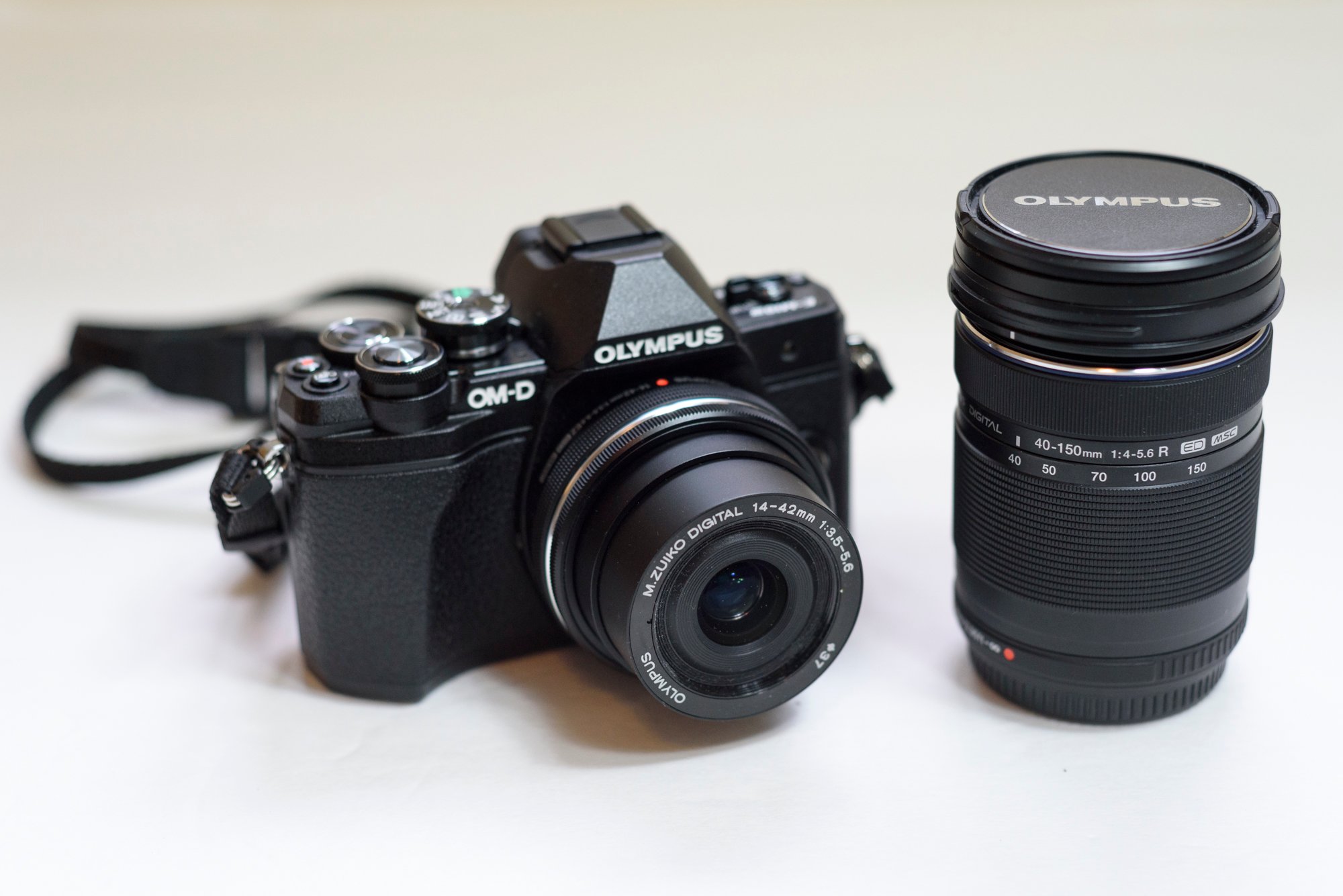
The first thing you should know is how tiny this all is. I know it might look large in the photo above, but it really isn't. This camera has a touch screen which flips up and down, but not around to the front. The controls feel very solid and satisfying to turn. The OLED electronic viewfinder (EVF) is very bright. We compared to some other models including older but high-end Panasonics, and we both really liked the viewfinder on the Olympus.
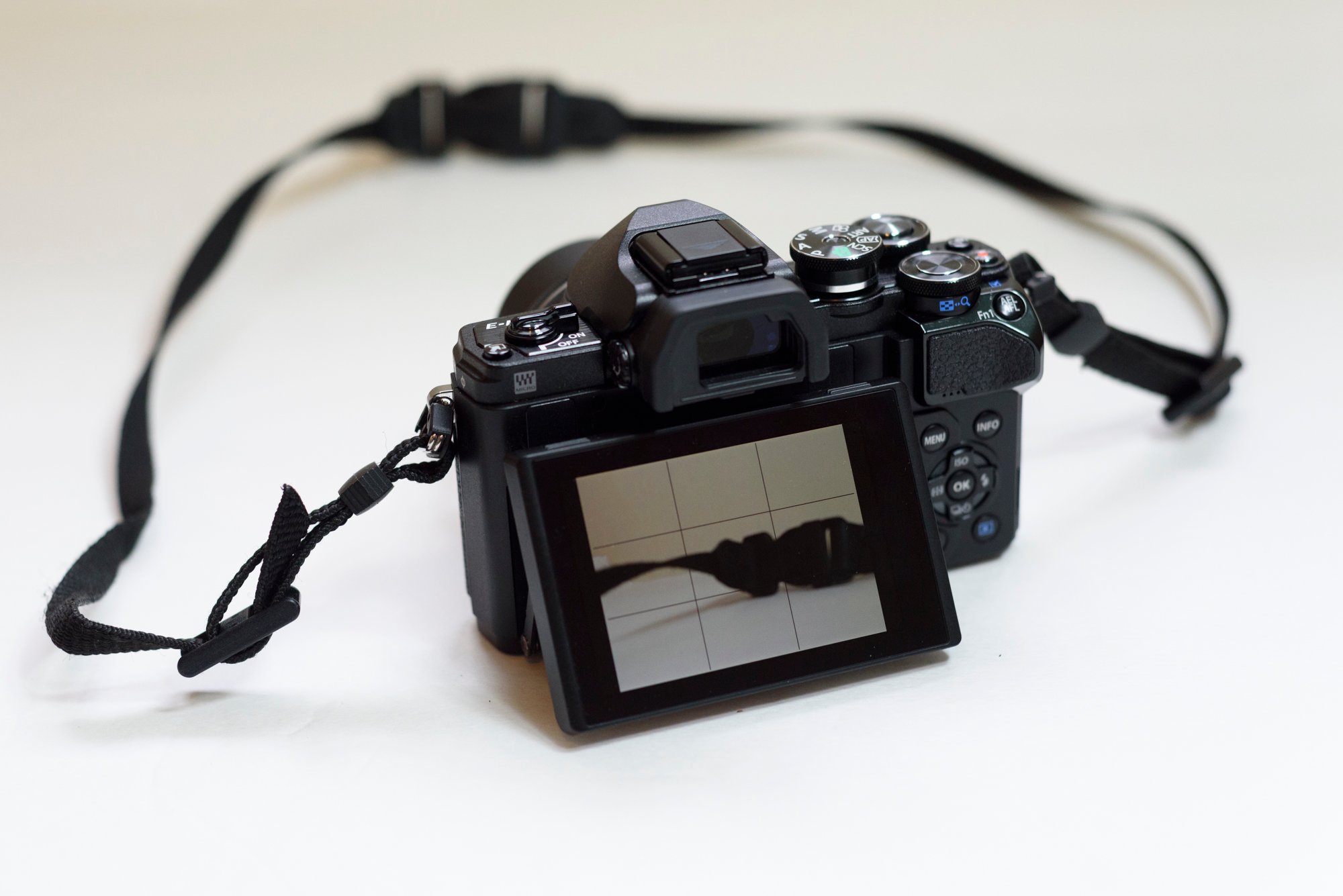
We picked this particular model of Olympus because it's the only one that comes with the little pancake 14-42 zoom lens. Cathy loved the feel of the power zoom controls because she didn't have to turn her wrist a lot to operate it. As you can see, the lens folds back down quite small and you might just get this thing into the large pocket of an overcoat let's say. With the 2x crop factor on this camera, the kit lens is the equivalent of a 24 to 84mm lens on a full frame camera.
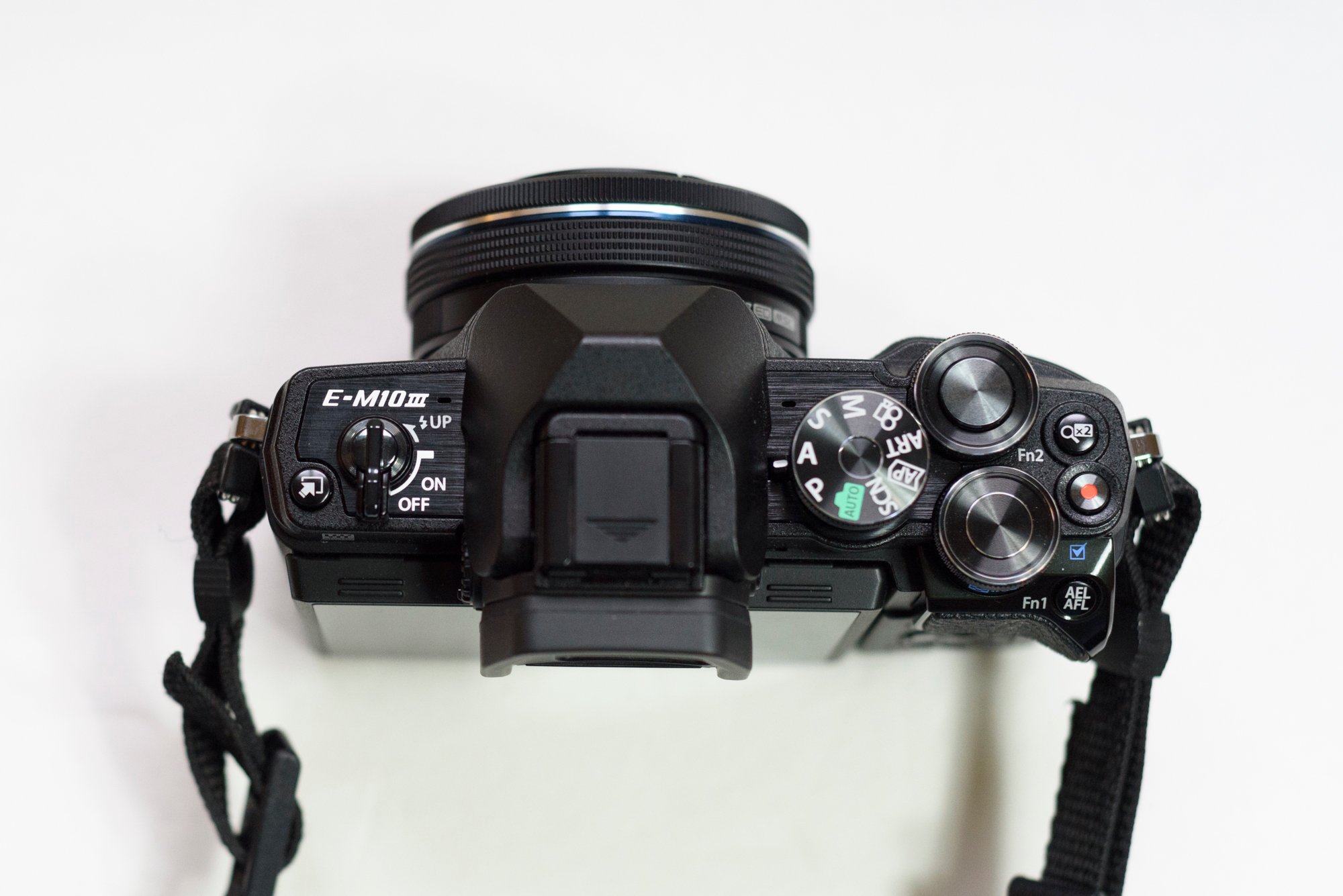
Check it out... here's me trying to be artistic while giving another look at the physical size of the camera. That "long" zoom lens I've pictured a couple of times is a 40-150mm (80-300 full frame equivalent) It's super light and so small it feels like a toy in my hand!
Some random household objects added for scale
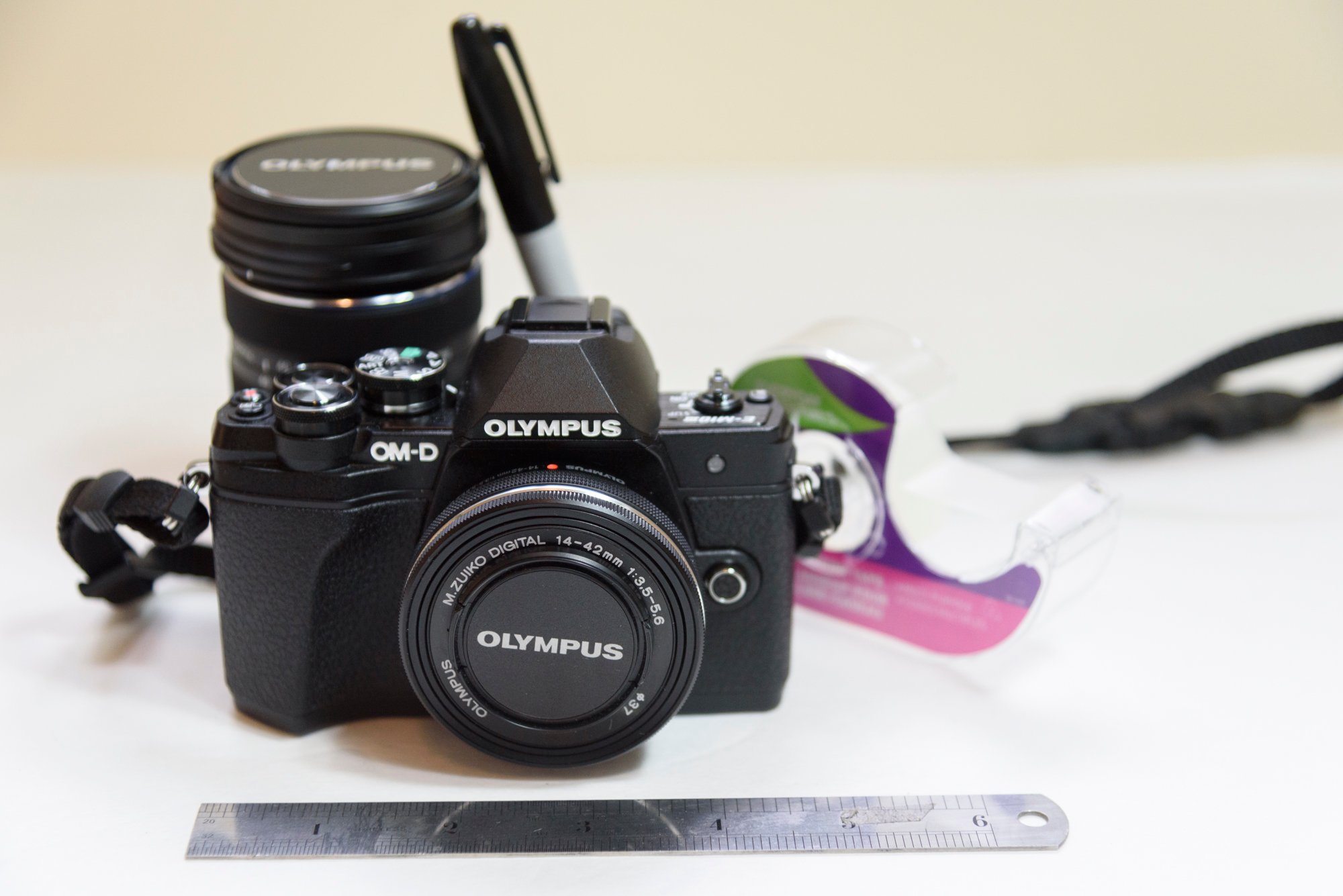
Finally, here it is beside my full frame Nikon D750 and 24-120 lens. Can you see why I might want to switch as well?
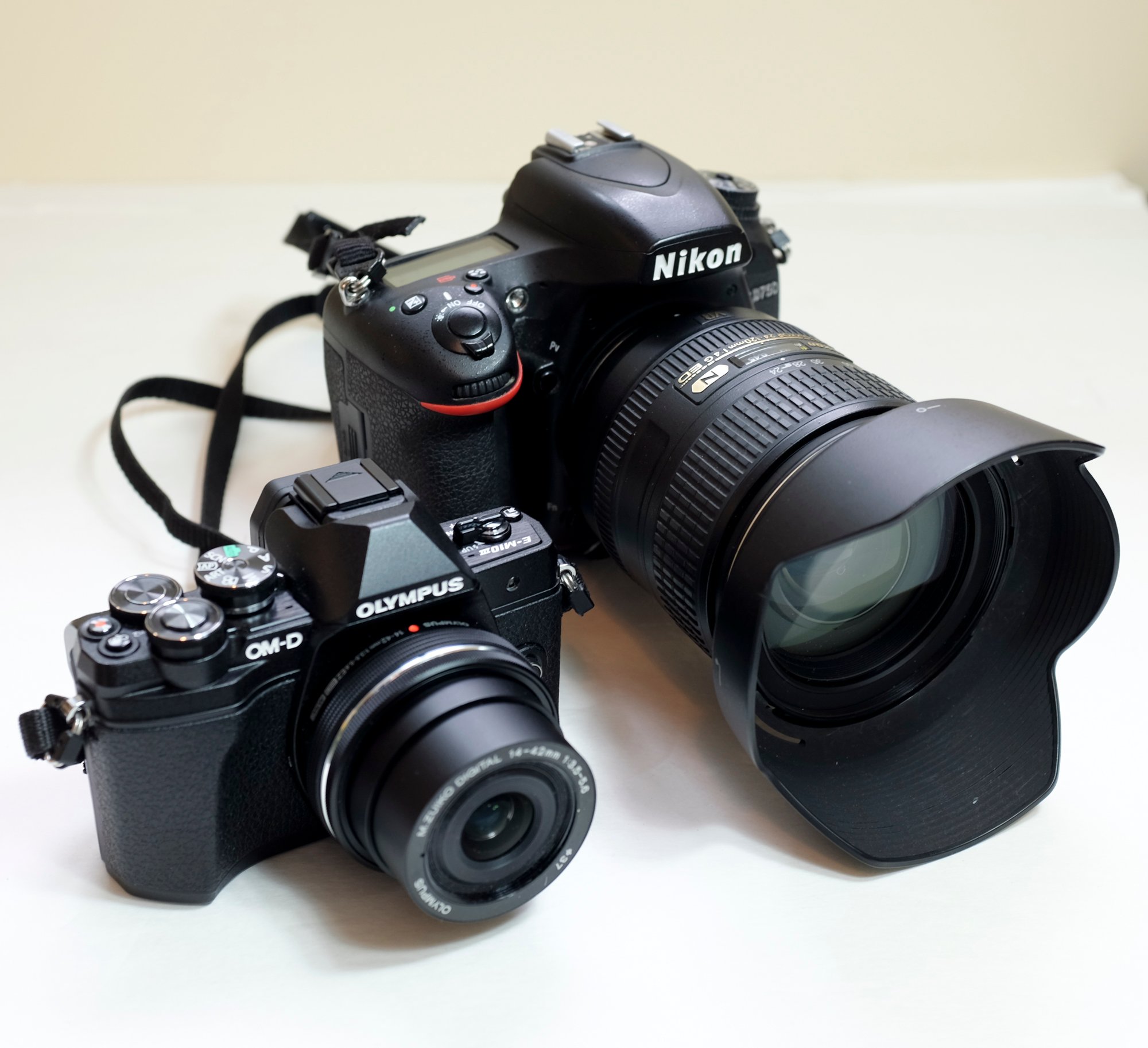
There's a lot more I should tell you... the five-axis image stabilization on the 16-megapixel sensor is incredible. I found it was easy to hand-hold shots at a quarter or a half second. Having the stabilization built into the sensor means any lens you attach becomes image stabilized. It also means a long zoom lens can be built very inexpensively because it does not need VR or image stabilization built in. The 40-150mm lens we purchased is light and very inexpensive as a result.
The grip felt fine to me, but more importantly, to Cathy. There is a built-in flash as well as a hot-shoe. The camera feels solid and dense in my hand - it's just packed with high-tech goodies like a night mode that stacks and aligns six hand-held images, or another mode that does focus stacking. There are plenty of scene modes and art filters if you like that stuff. Some of them looked pretty cool too. I found the focus to be reasonably quick, but not as fast as a DSLR. On the other hand, there is focus peaking which is wonderful. The shutter is responsive - again not as fast as a DSLR but noticeably faster than my Fuji X100S which always feels a little laggy to me.
Video: OMG, I almost forgot. I know just about zero about video, sorry! Apparently, this camera has awesome video, and the stabilization is almost like having a gyro-gimble-whatzit-thingy. Seriously I'm pretty clueless, and after reading the specs I realize I now know even less! Here goes: HD, 4K, slow-mo, yadda-yadda... You go check it out if you want to shoot video. I did watch some examples of the video on Youtube, and it looked very smooth, and the reviewers were fairly happy with it I believe. I also shot a very short clip just walking down my driveway, and I was impressed with how smooth it was. You could tell I was walking, but it wouldn't make you seasick to watch unlike what I was able to make with a DSLR. I will refer you to just about any place else if you want real details about the video capabilities of this camera.
But wait a minute, how are the still images?
That micro four thirds sensor is smaller than her APS-C Nikon, and only half the size of the sensor on my D750. How would the images be? Can you possibly create shallow depth of field and nice bokeh effects? Are the lenses sharp?
For the rest of this article, I am pleased to present some images created by Cathy. I think this is day four with the new camera and she feels pretty good about handling the controls. Cathy is the kind of shooter who will do everything from full manual, to aperture or shutter priority, and she will gladly dip into the scene modes or filters or turn something monochrome if the mood strikes her.
EXIF Summary: 1/200s f/5.6 ISO320 102mm (35mm eq:204mm)
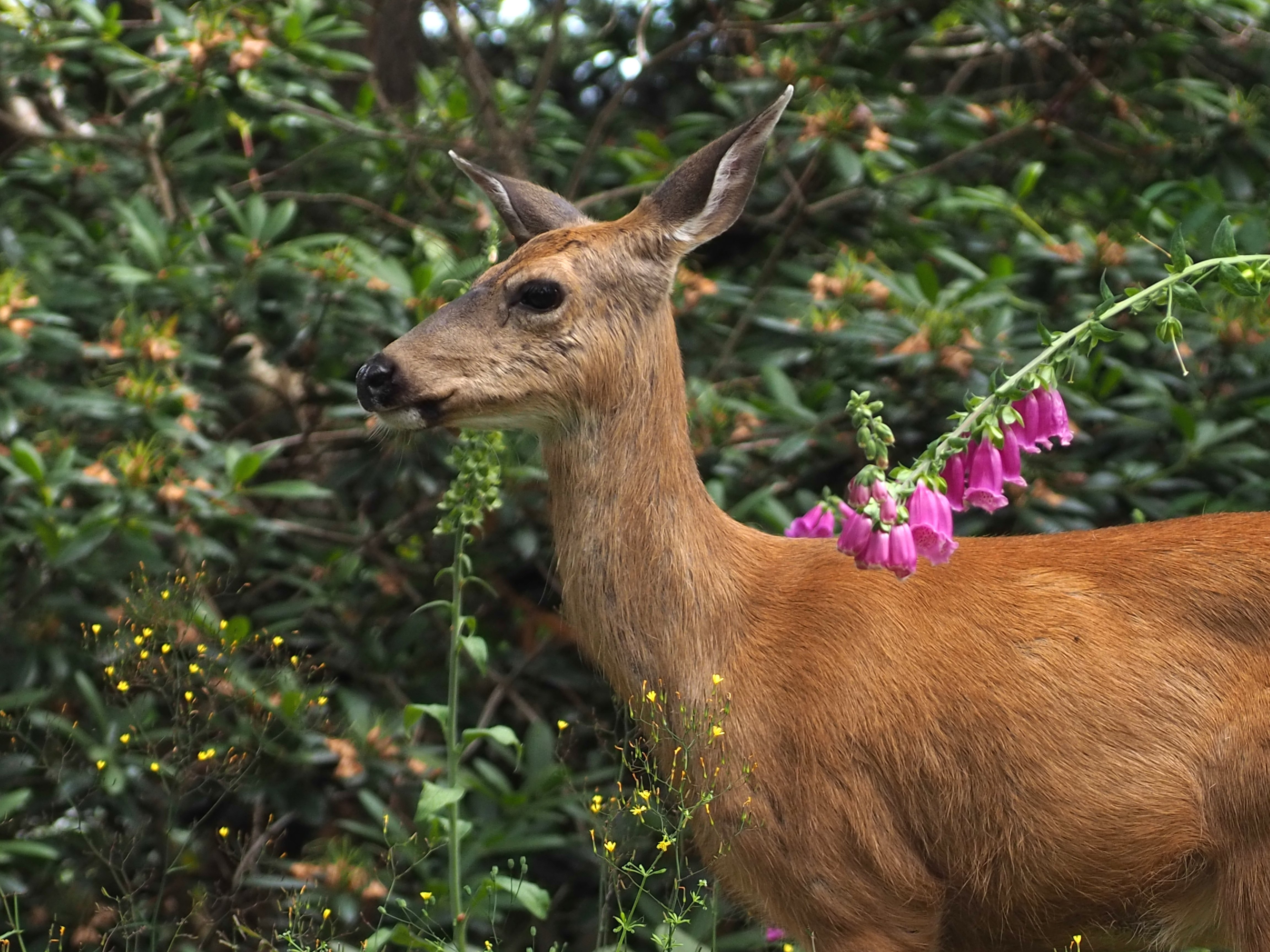
These shots are jpgs, pretty much straight out of camera. Some have been slightly cropped, and she brightened a couple of others just a bit. Two were processed Lightroom to create monochrome images. I'll show the EXIF data above each shot.
EXIF Summary: 1/640s f/5.4 ISO200 132mm (35mm eq:264mm)
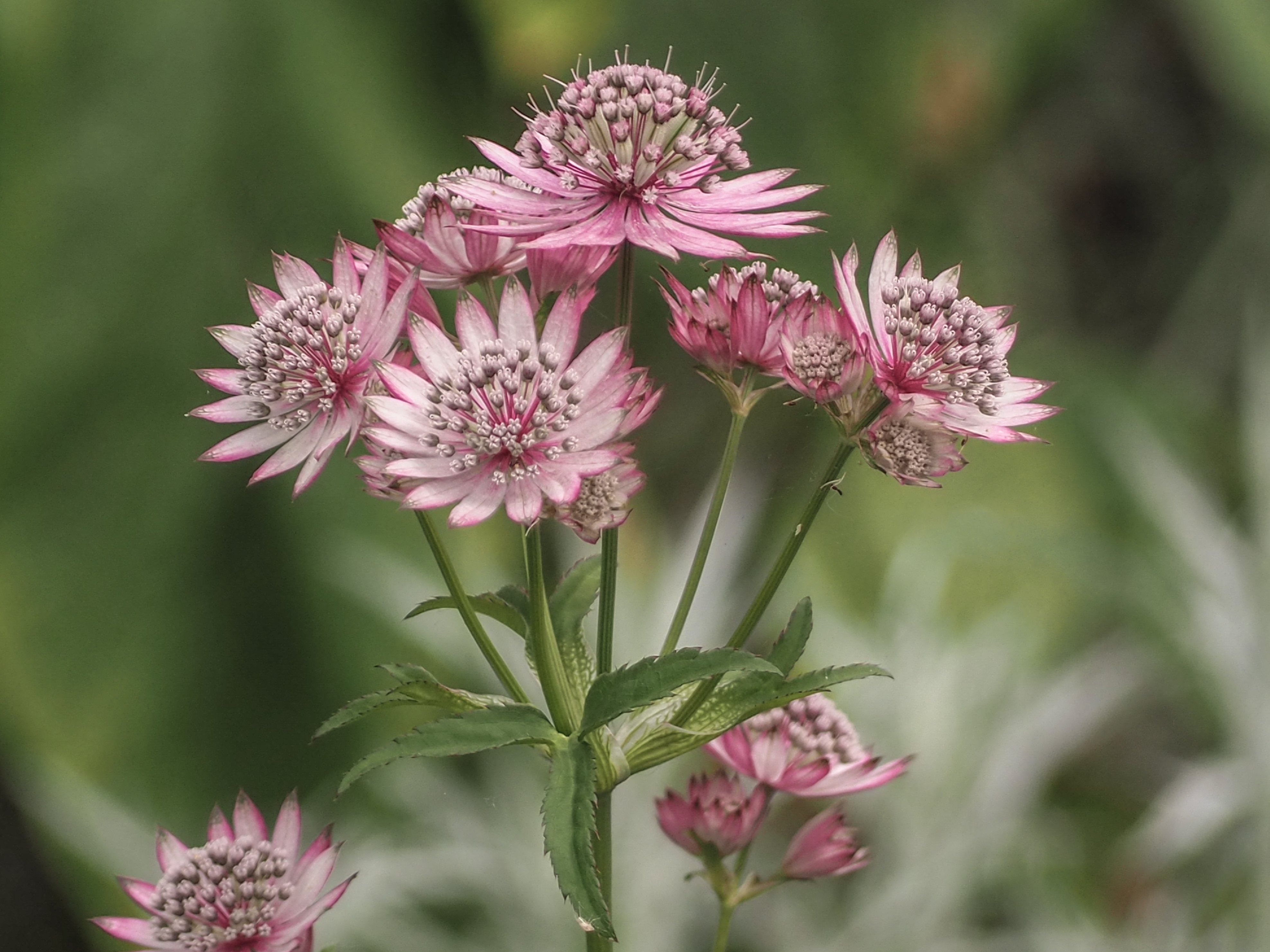
All the shots Cathy gave me for this post were taken today with the 40-150mm lens.
EXIF Summary: 1/160s f/8.0 ISO200 49mm (35mm eq:98mm)
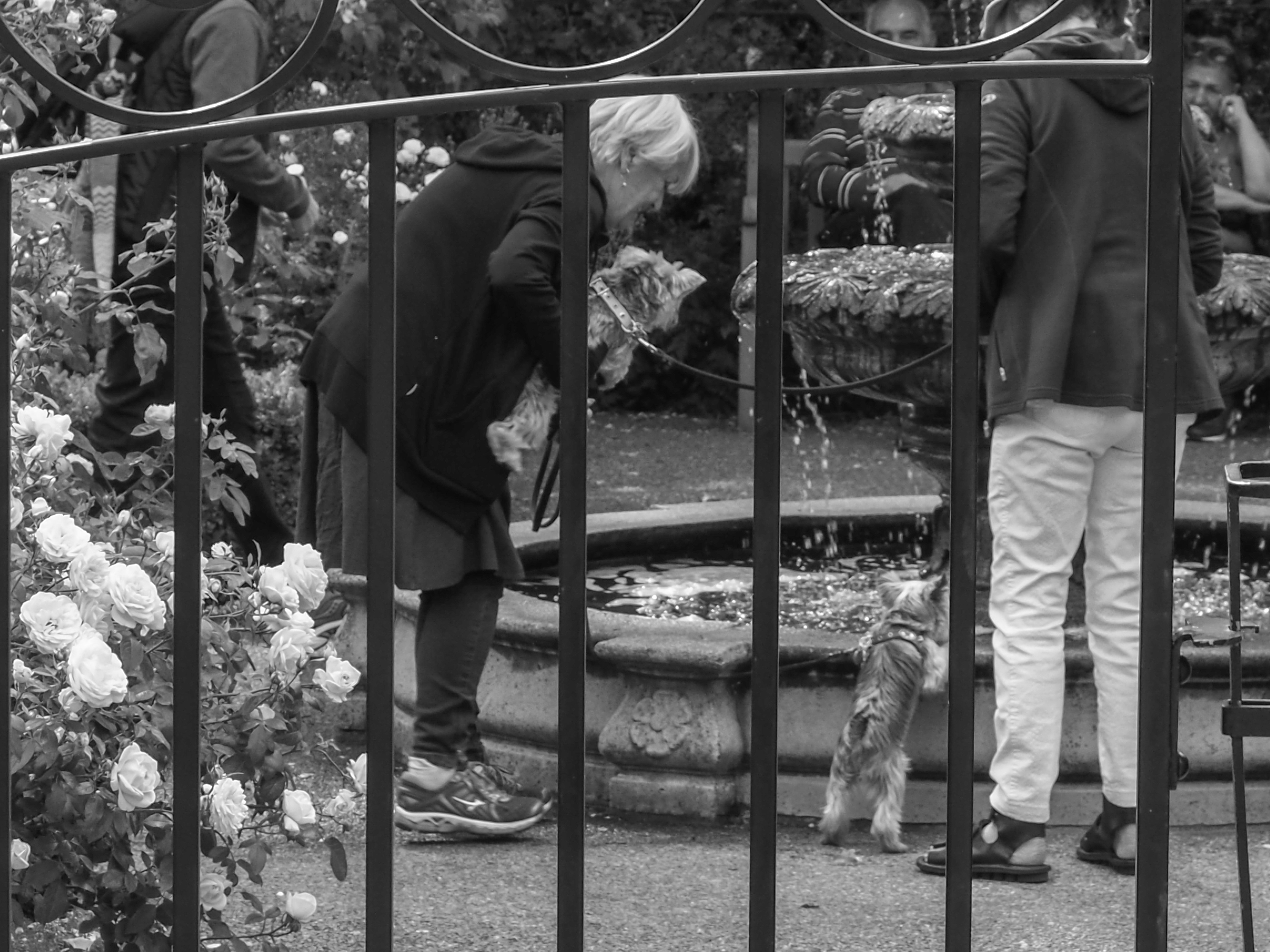
1/200s f/5.6 ISO320 105mm (35mm eq:210mm)
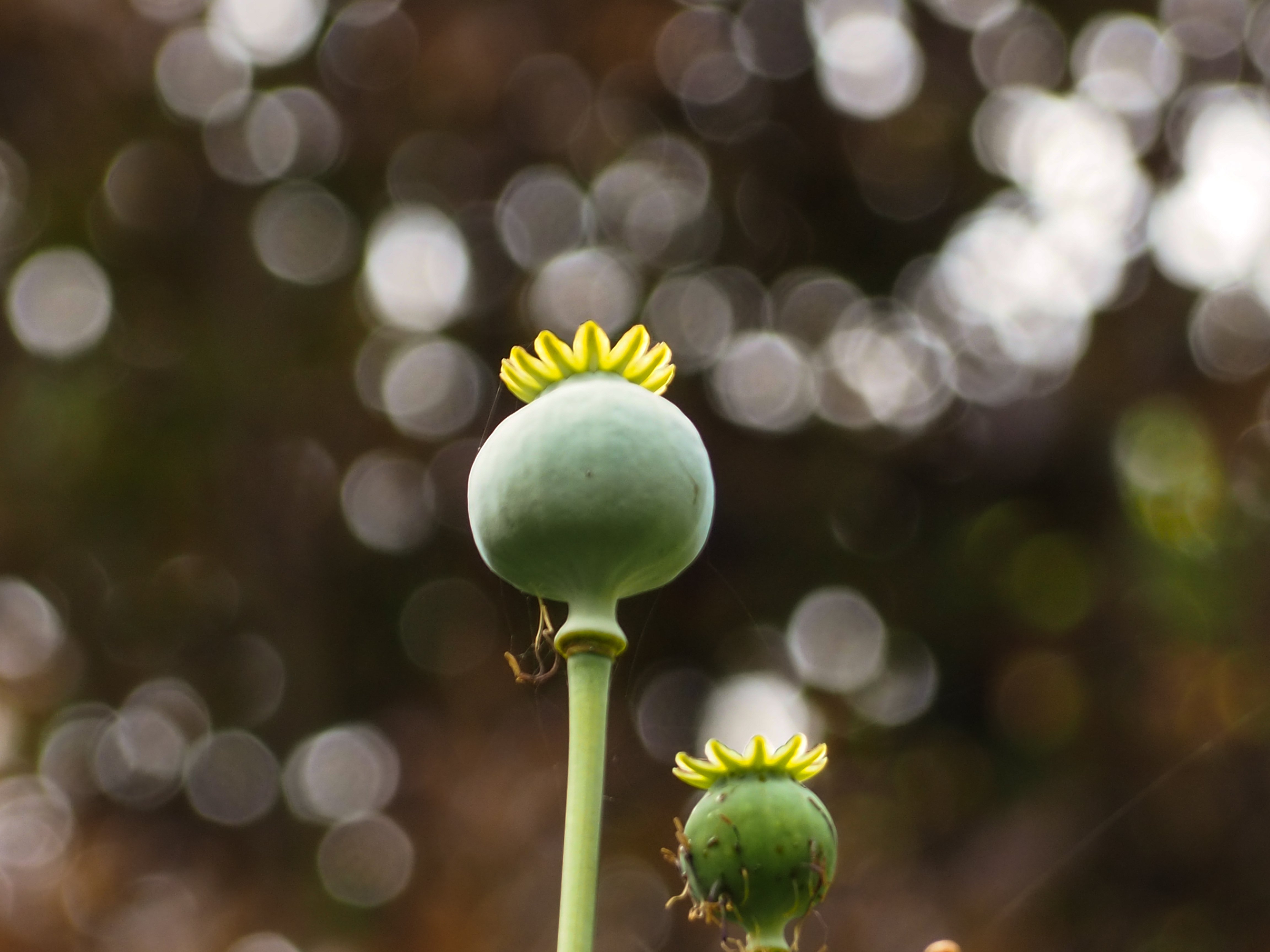
EXIF Summary: 1/200s f/5.4 ISO200 125mm (35mm eq:250mm)
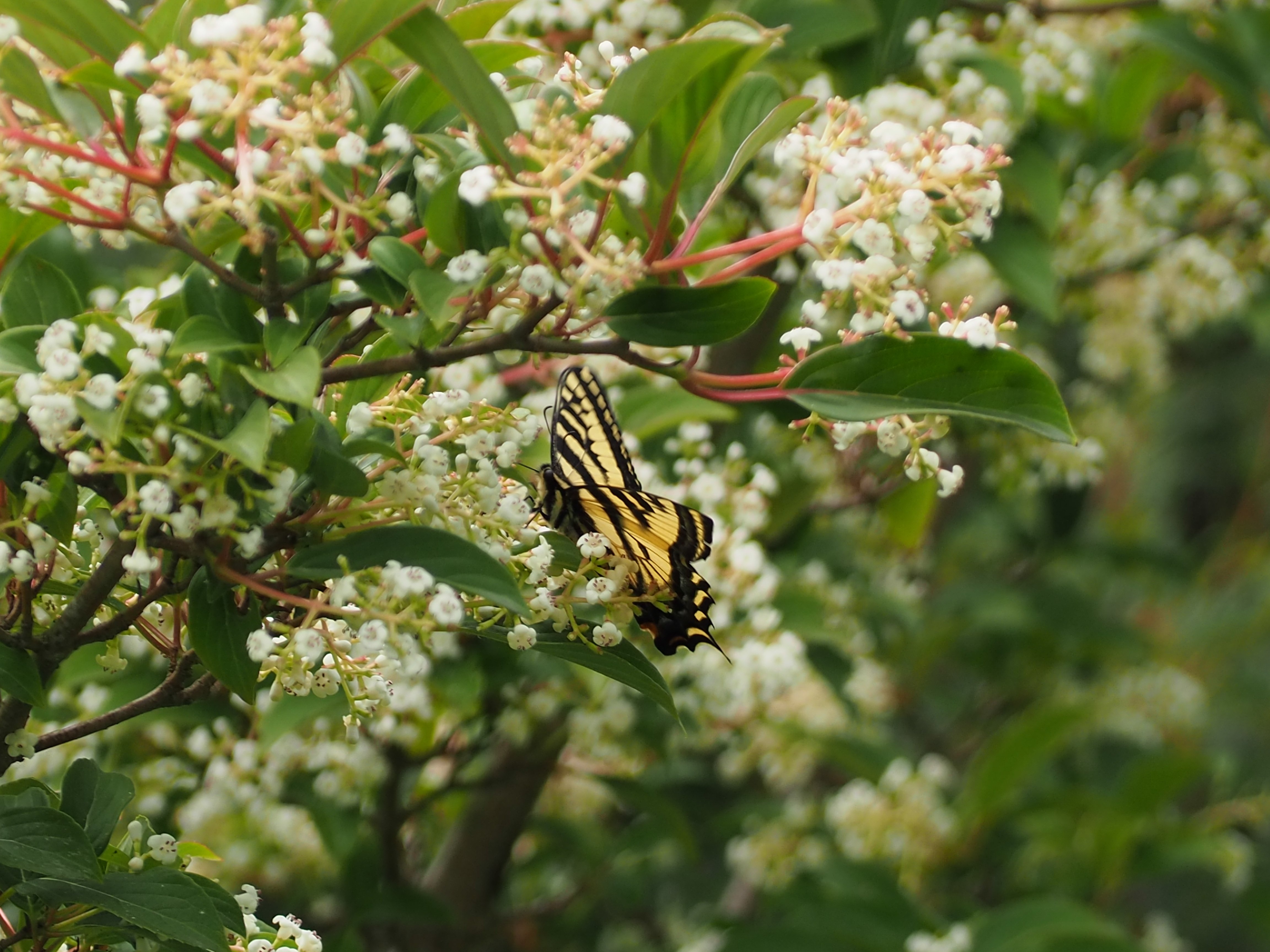
Monochrome processed in Lightroom. Those spiky plants look like metal to me!
EXIF Summary: 1/500s f/7.1 ISO200 58mm (35mm eq:116mm)
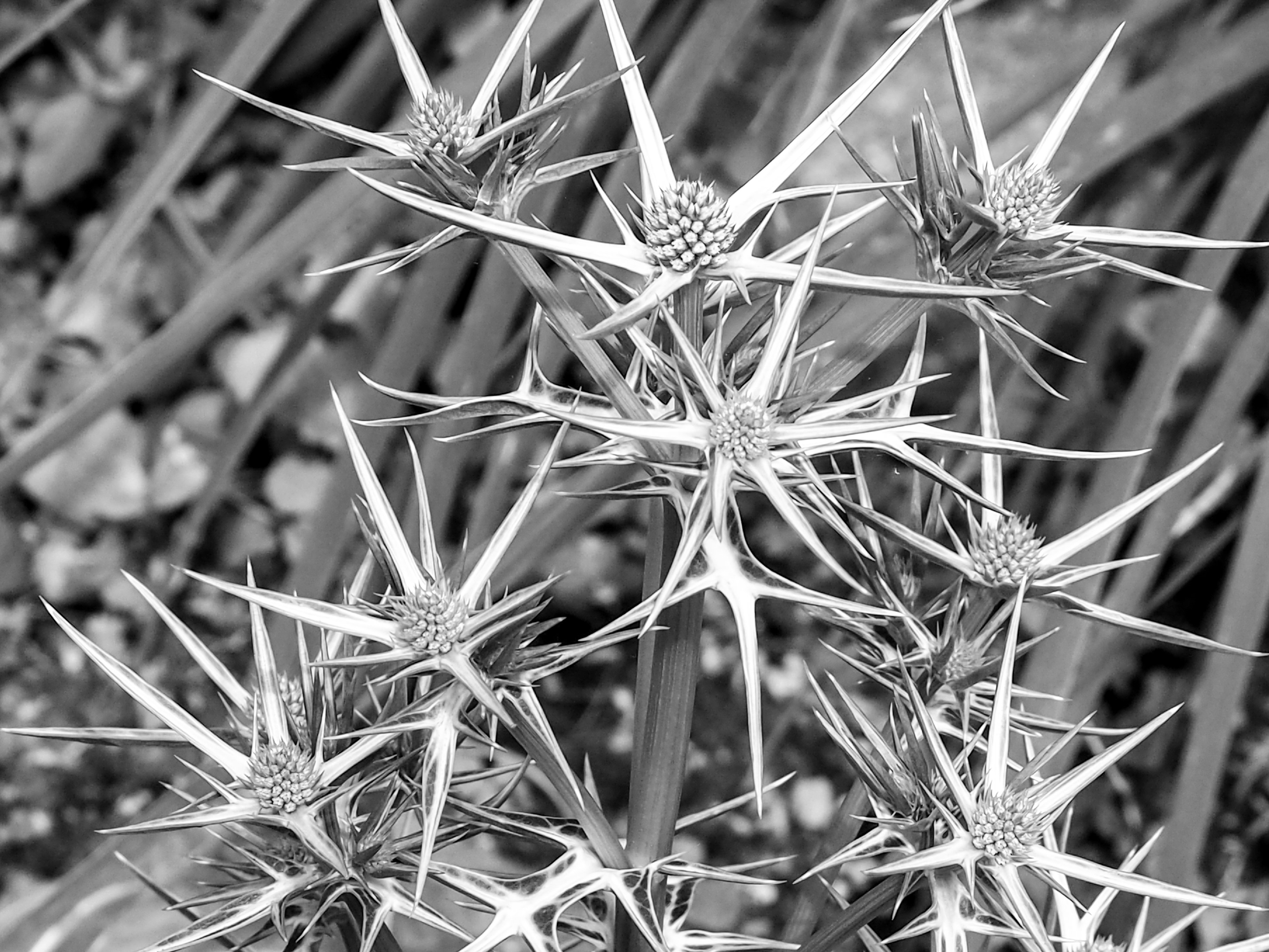
EXIF Summary: 1/1600s f/5.0 ISO250 89mm (35mm eq:178mm)
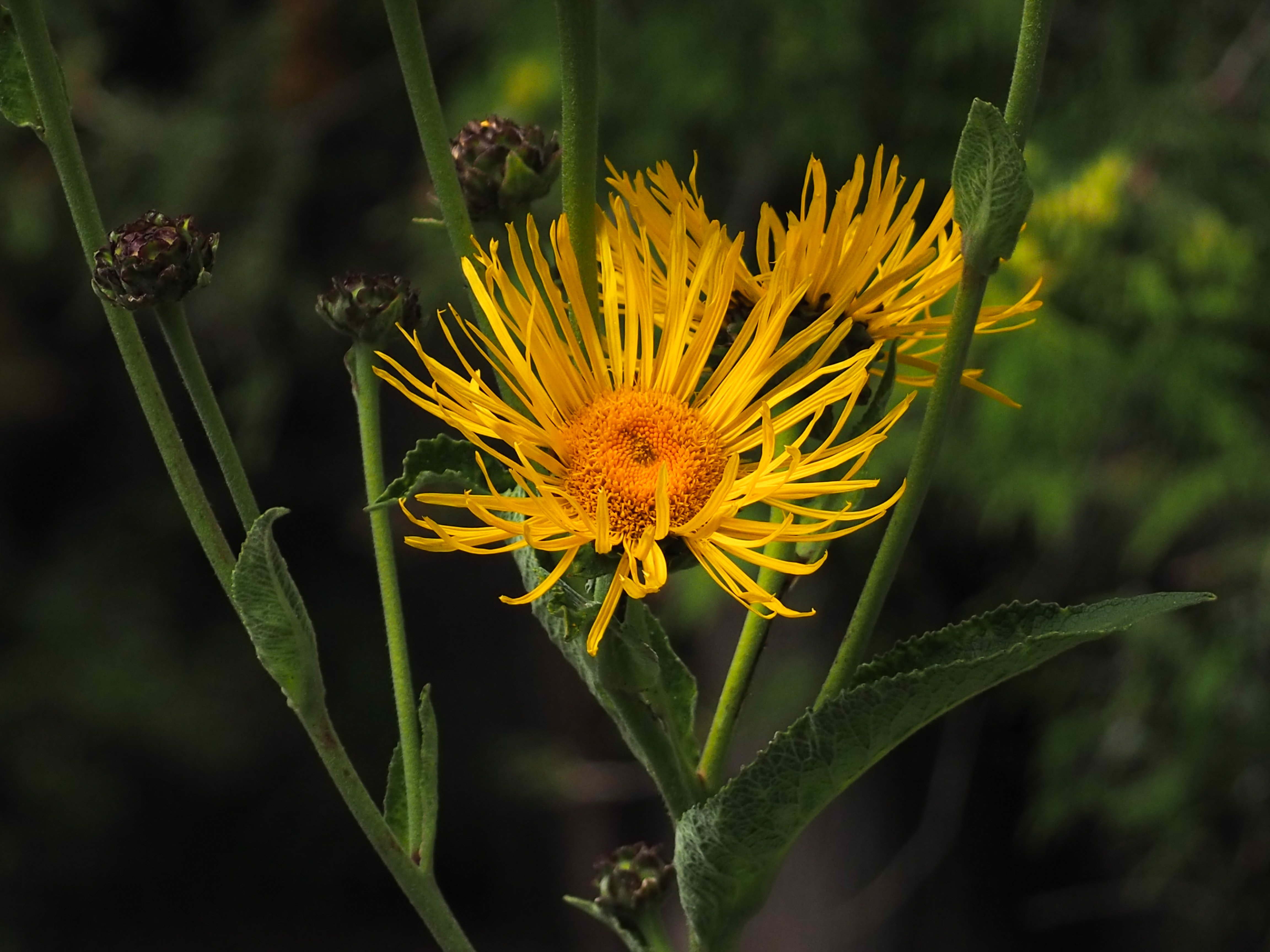
EXIF Summary: 1/2500s f/5.0 ISO200 92mm (35mm eq:184mm)
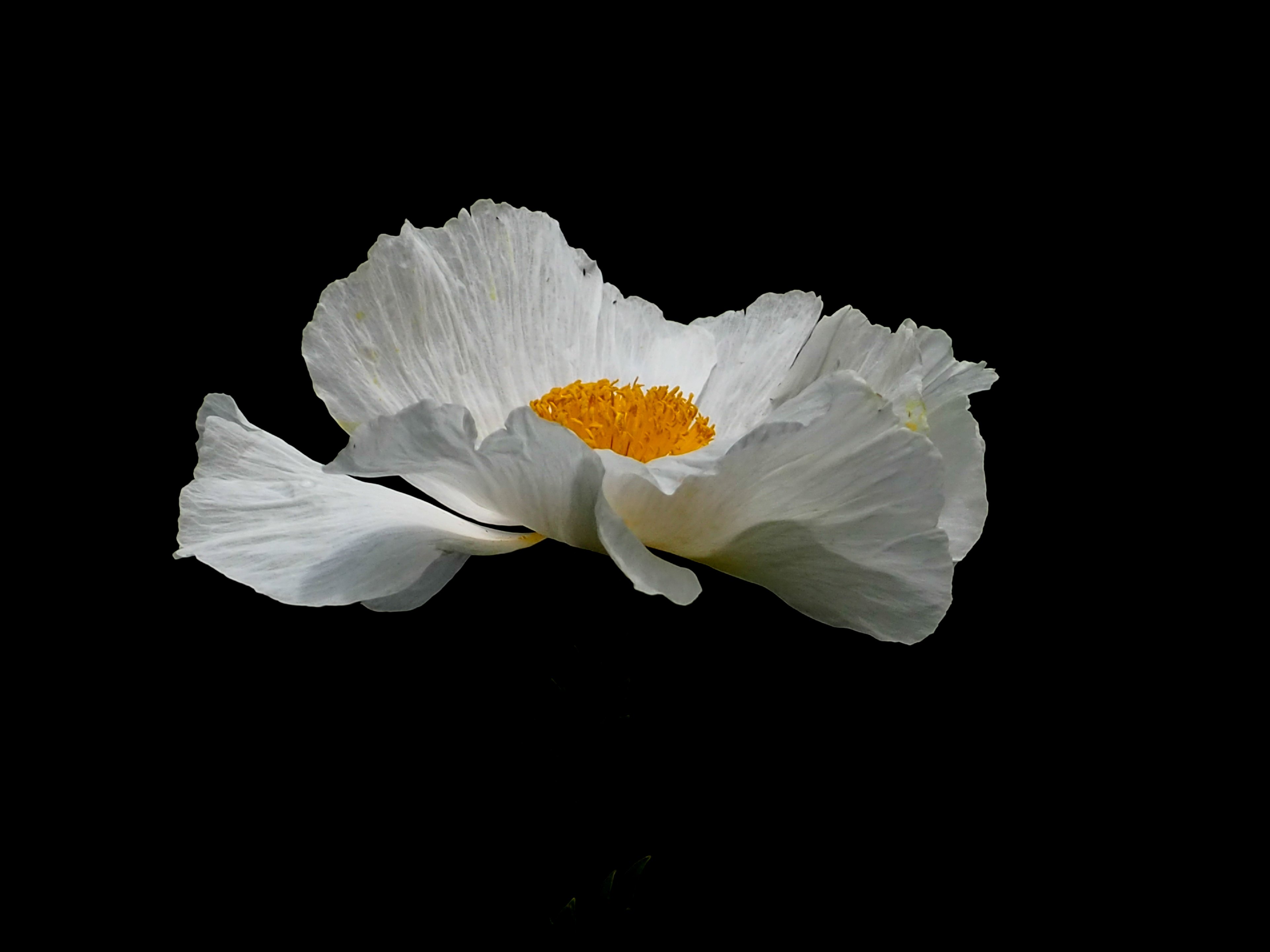
Conclusion
The idea of this mini-review was to talk about the camera from the point of view of a non-technical user. I'm not going into specs on lenses for example. I frankly couldn't care less about perfect image quality in the corners of an image - although I didn't notice any problems. My feeling is that if I put something in a corner that you so desperately need to see, then I've made a very bad photo! (Hint: the good stuff in a photo is generally found in the middle somewhere, maybe a bit off-centre...)
You may have noticed I only talked about jpgs, not RAW images. Yes, the camera shoots in RAW, and both Cathy and I are both used to shooting RAW and doing our own post-processing. You can download RAW image processing software from Olympus after entering the serial number of your camera. We tried it, and it works although I'd rather use Lightroom. This camera is supported in Lightroom version 6.2 and higher. If you need to make any major changes to a photo, I would obviously rather work on the RAW image than a jpg... but wait a minute... what if you don't need to make big changes?
Shooting with my Nikon, I'm used to making edits to a RAW file of +/- two full stops of light in order to recover detail in the highlights or shadows. On occasion, I can push it even more. If you don't know what that means, here goes: a change in brightness of plus or minus one stop of light means a doubling or halfing of the amount of light. In other words, you process the image to be anywhere between twice as bright to half as bright. When I say two stops, that means four times as bright or one quarter as bright. I'll make an edit of that size on a Nikon RAW file without hesitating... but why would you need to?
If the image is anywhere near correctly exposed, you shouldn't need to make these huge swings in exposure during post-processing. The beauty of using an EVF on a mirrorless camera like this is you see the actual exposure before clicking. I found that all the shots I took with the camera were far better exposed than my somewhat sloppy, hit-and-miss efforts with the Nikon. There is an exposure compensation dial perfectly located to be controlled with the index finger - that dial lets you scroll up or down by +/- FIVE stops of light. You can easily control your exposure and should always be close to perfect! When it comes to editing, my feeling is that I could easily push the exposure of an Olympus jpg up or down by one stop. In practice that seems to be more than enough.
Now I'm not giving up shooting RAW, ok? But when it comes down to it, if you handle this little camera correctly, the jpgs it produces are great, and the editing time on these images was close to zero. I find that refreshing, and I hope you agree!
Noise. Oh yeah, it has visible noise at ISO 800. Clearly worse here than a DSLR. Here's the thing however... you don't see noise in these shots - and in general you don't see it until you post-process and start to push the exposure and brighten a shot or boost the shadows. Then the noise is immediately apparent. (Hint: Don't do those things! Get the exposure right. Take advantage of the awesome stabilization to hand-hold a longer exposure and nail the shot using a lower ISO. Guess what? No noise!) I suspect the jpg engine on the camera is also applying some aggressive noise reduction which can cause smudging and loss of detail. I'm pretty sure you can adjust the amount of noise reduction, sharpening, saturation and many other things which the camera bakes into the jpg - but in an absolute sense, you would control noise better on a RAW file.
My final thoughts on the image quality... I got to see this stuff on my 27" iMac. The images are not as good as my D750. I can't define the difference, but it's there. Are they as good as the crop sensor D7100? Probably not in an absolute sense, but in practice yes. I think you have to work just a little harder with a MFT camera. If you want that nice background blur you can get it but you may need to move around a bit and make sure the background is as a far behind the subject as possible... this will really help. There are plenty of fast MFT prime lenses available, and my camera store had a ready supply of used ones - so just know that there are lots of lens choices.
Thanks for reading along. Cathy, my dear wife of forty years is not on Steemit, and has no plans to be. She feels that one of us glued to a computer all day is enough! For more of her photography, please visit and give a Like to:
